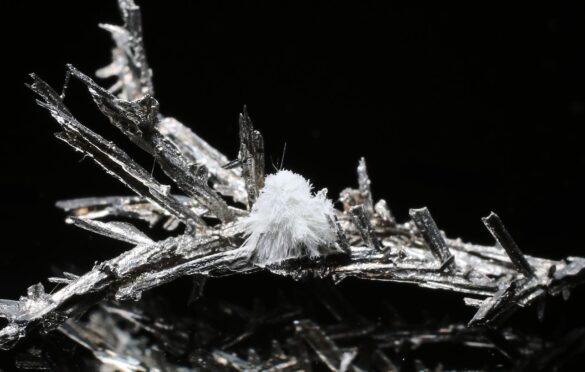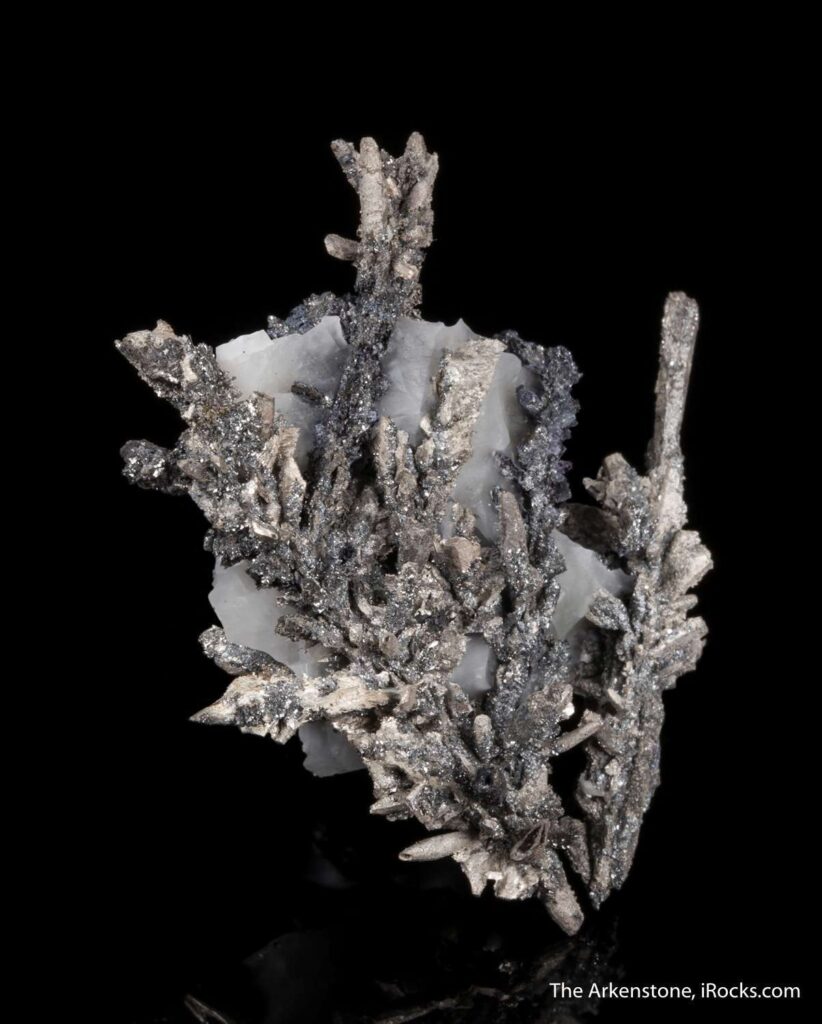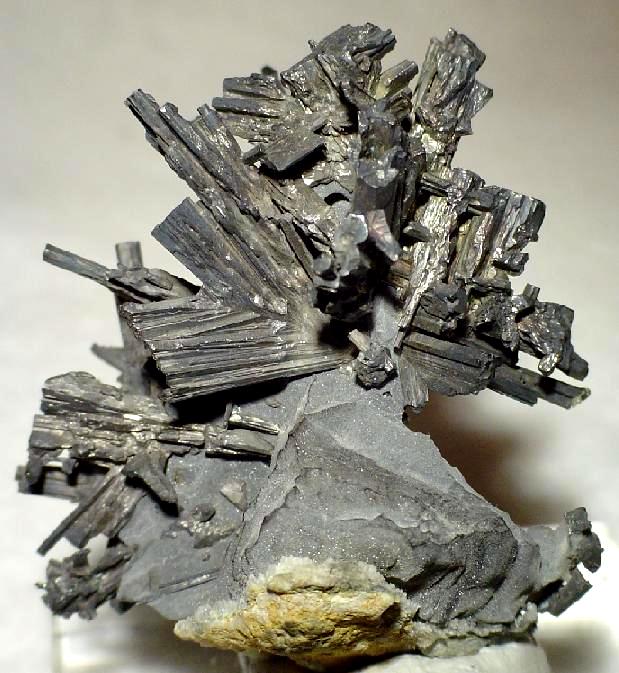Exploring Dyscrasite Mineral

Introduction
Dyscrasite mineral, with its intriguing chemical composition and unique physical properties, has captured the attention of mineral enthusiasts, geologists, and researchers alike. In this comprehensive article, we will delve into the world of dyscrasite, exploring its chemical formula, locality, name origin, physical properties, and diverse applications. Whether you’re a mineral collector or simply curious about the wonders of the Earth’s geology, join us on this journey to uncover the fascinating facets of dyscrasite.
Chemical Formula of Dyscrasite
Dyscrasite is a naturally occurring mineral with the chemical formula Ag3Sb. The mineral is primarily composed of silver (Ag) and antimony (Sb). This unique combination results in its distinct properties, making it a valuable find for both scientific study and practical use.

Locality of Dyscrasite
Dyscrasite is found in various locations around the world, often associated with silver deposits and hydrothermal veins. Notable localities include:
Germany: The Schneeberg District in Saxony, Germany, has been a rich source of dyscrasite. The mineral is often found in association with other silver-bearing minerals in this region.
Peru: Dyscrasite has been discovered in Peru, particularly in the Huancavelica District. The mineral’s occurrence in these diverse regions contributes to its significance in the study of mineralogy and geology.
Name Origin of Dyscrasite
The name “dyscrasite” has its roots in the Greek language, where “dyskrasis” translates to “a bad mixture.” This name was bestowed upon the mineral due to its unusual and complex composition of silver and antimony. The name reflects the initial challenges that early mineralogists faced in deciphering its unique chemical makeup.
Physical Properties of Dyscrasite
Dyscrasite is characterized by its intriguing physical properties, which contribute to its recognition and importance:
Color and Luster: Dyscrasite often exhibits a silver-white color with a metallic luster, reflecting its high silver content.
Crystal Structure: The mineral typically crystallizes in the monoclinic crystal system, forming prismatic or acicular crystals.
Hardness: Dyscrasite falls within the range of 3.5 to 4 on the Mohs scale of mineral hardness, indicating its moderate resistance to scratching.
Density: With a density of around 10.2 g/cm³, dyscrasite is relatively dense compared to many other minerals.
Cleavage and Fracture: Dyscrasite displays a distinct cleavage, with a perfect cleavage on the {001} plane. Its fracture is uneven to conchoidal.
Use of Dyscrasite
Dyscrasite’s unique properties lend themselves to various practical applications and scientific endeavors:
Metallurgy: Due to its silver content, dyscrasite has historically been used in metallurgical processes for the extraction and refinement of silver. Its presence in silver deposits has contributed to the economic value of these ores.
Alloying: Dyscrasite’s incorporation into silver-based alloys can enhance the metal’s hardness and resistance to wear. This makes it useful in applications where durability is essential, such as in the creation of jewelry and silverware.
Scientific Study: Dyscrasite serves as an important mineral for scientific research and study. Its unique composition and crystal structure provide insights into geological processes, mineral formation, and the conditions under which such minerals are created.
Mineral Collecting: Collectors value dyscrasite for its rarity and distinct properties. Specimens of dyscrasite are sought after by mineral enthusiasts and collectors who appreciate its aesthetic and scientific significance.

FAQ about Dyscrasite Mineral
Q1: Is dyscrasite a common mineral?
A1: No, dyscrasite is relatively rare and is often found in association with other minerals, particularly in silver-bearing deposits.
Q2: Can dyscrasite be used in jewelry?
A2: While dyscrasite itself is not commonly used in jewelry due to its rarity, its incorporation into silver alloys can enhance the properties of silver for jewelry making.
Q3: What is the significance of dyscrasite in geology?
A3: Dyscrasite’s presence provides valuable insights into the geological processes involved in the formation of silver deposits and hydrothermal veins.
Q4: How can one differentiate dyscrasite from other silver minerals?
A4: Dyscrasite’s unique properties, such as its distinct cleavage and physical characteristics, aid in its differentiation from other silver-bearing minerals.
Q5: Is dyscrasite toxic?
A5: Dyscrasite itself is not typically considered toxic; however, as with handling any mineral, it’s advisable to follow proper safety precautions.
Conclusion
Dyscrasite mineral stands as a testament to the Earth’s diverse and captivating geological history. With its unique chemical composition, distinct physical properties, and varied applications, dyscrasite continues to intrigue scientists, collectors, and enthusiasts alike. From its origins deep within the Earth’s crust to its role in metallurgy and scientific research, dyscrasite holds a special place in the world of minerals, reminding us of the wonders that lie beneath the surface.
As you explore the realm of minerals and geology, keep in mind the remarkable story that dyscrasite tells, showcasing the intricate processes that shape our planet and enrich our understanding of its complex and beautiful composition.
